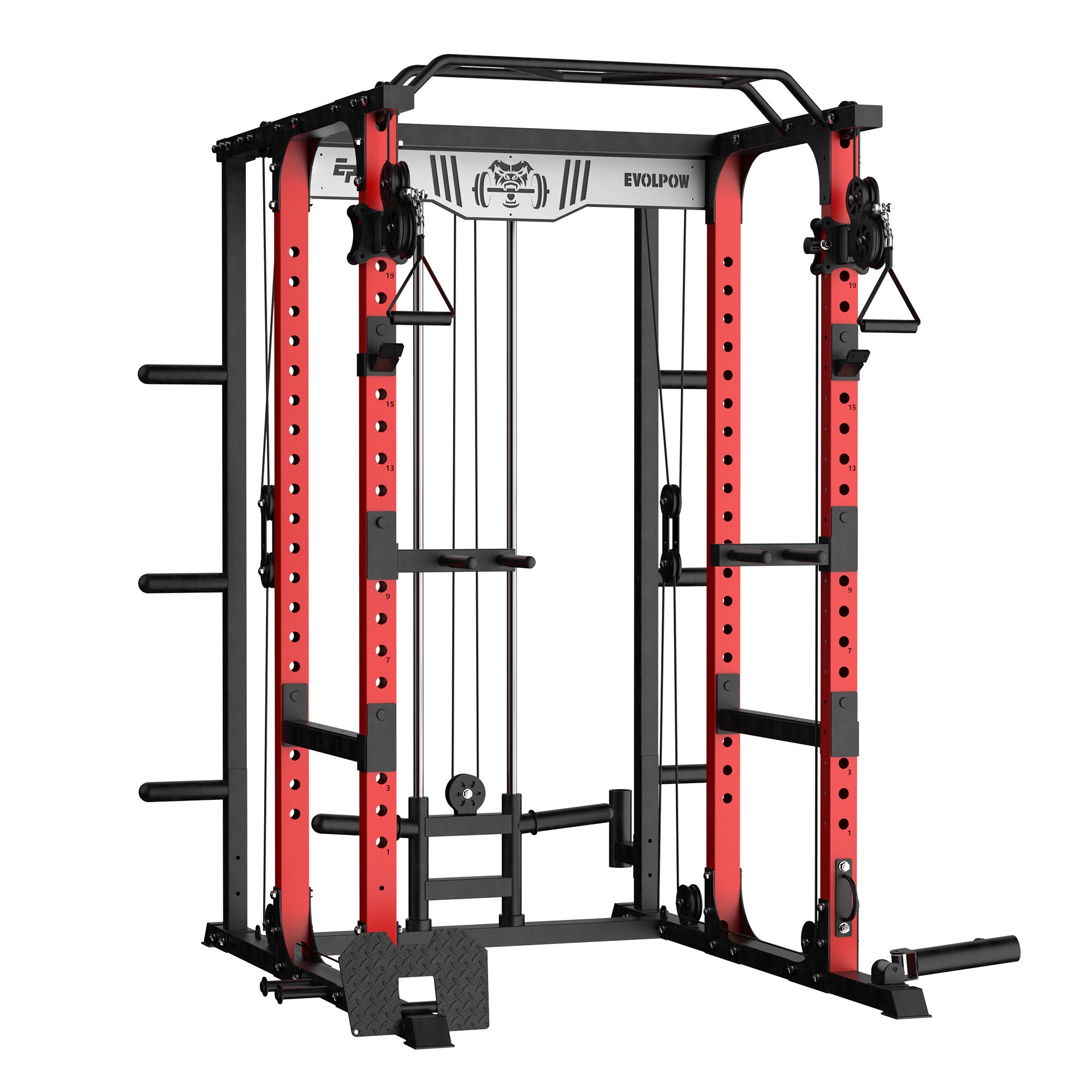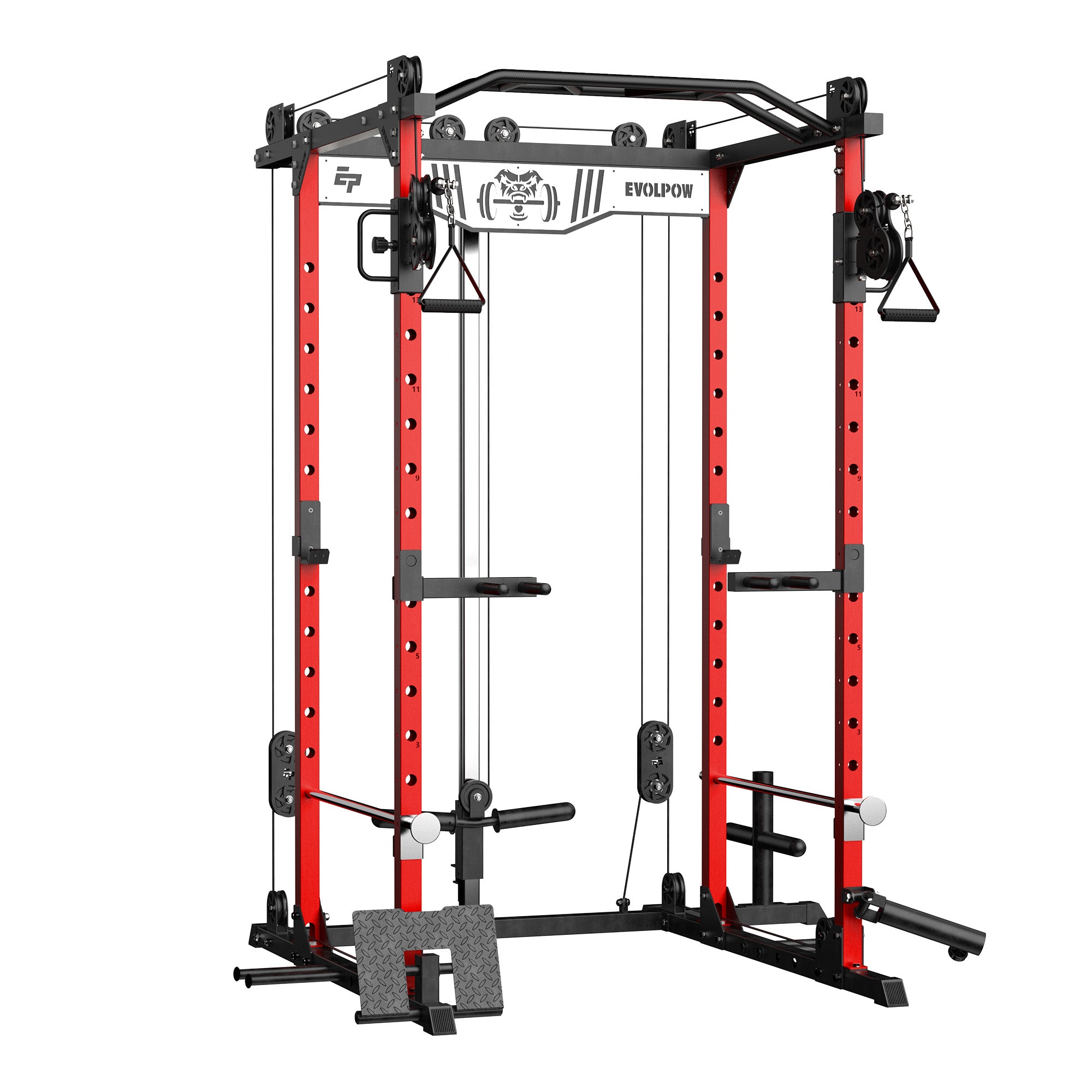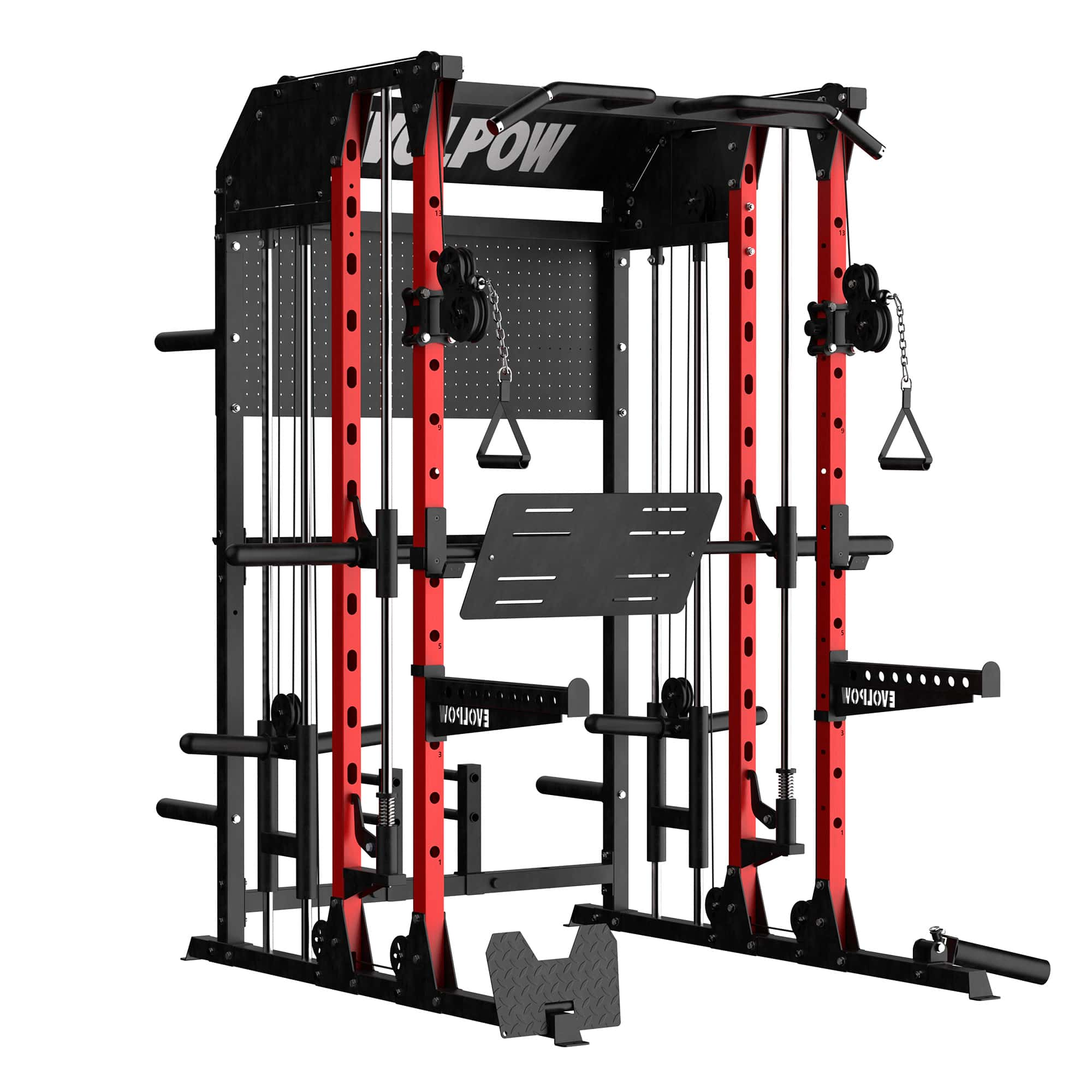It’s hard to imagine a Monday without bench pressing.
Besides being the official lift for the best day of the week, nothing builds a barrel chest better than the flat bench, barbell bench press.
Of course, if you’ve been lifting for any amount of time, you already know this. Heck, once benchin’ time is over, you probably knock out a few sets of dumbbell flys to make sure you’re hitting some of those secondary chest muscles.
That’s undoubtedly a solid start and most would agree you got your chest work pretty well covered…
…but how about the chest exercise that really isolates the pecs (bench presses heavily recruit/rely on the shoulders and triceps) and keeps the tension high throughout the entire movement (there is effectively zero tension at the top of a dumbbell fly)… (Solstad, Andersen, Shaw, Hoel, & Saeterbakken, 2020)?
If you’ve been doing things right, you’re smiling to yourself now: the pec deck machine is a regular stop on your Monday circuit. On the other hand, if you haven’t gotten around to using this gym stalwart yet, you’re in luck because today, we’re discussing “traditional” peck deck machine benefits as well as novel pec deck machines that let you do a little more…
What is a Pec Deck Machine?
Pec Deck Machines come in several variations with more basic options being plate-loaded while commercial entities usually employ a standard weight stack. In either case, the vast majority are structured with a heavily padded seat and backrest along with two (one for each side) arm pads or levers.
The movement is initiated by placing the arms against their respective pads/levers and moving them towards each other in a controlled manner. Despite the arms appearing to be in focus, the chest muscles take on the vast majority of the work, particularly the outer portions of the pectoralis major muscles as the pads come closer together. Additionally, as long as lifters remain in control of the machine, tension is constantly maintained throughout each rep.
Trainees can usually make slight modifications to the seat in order to set the machine to an appropriate height, but otherwise, few modifications are necessary. The pec deck machine’s extremely beginner-friendly nature ensures that a constant movement pattern is maintained, without the stability requirements that free weight exercises require (Rocha Júnior, Gentil, Oliveira, & do Carmo, 2007).
While lifters can get creative with pec deck machines, most are generally considered to be single-modality pieces of equipment. Some models allow trainees to execute rear delt flys, but only complete pec deck machines like the M2A offer an extensive array of exercises for both the upper and lower body.
The M2A’s pec deck capabilities perfectly complement its Smith Machine, pulley system, landmine and other capabilities. Despite its significantly more robust overall functionality, it’s actually priced lower than many standalone pec deck machines. With all of that in mind, let’s take a look at the best pec deck machine exercises:
The 5 Best Pec Deck Machine Exercises
Not all pec deck machines are created equal. We’re going to assume you want to do the best peck deck machine exercises…and that you’re working with a more…capable machine…
· Pec Deck Fly
The pec deck fly is the undisputed best pec deck machine exercise. Targeting the entirety of the pectoralis major (mid and inner chest), the pec deck removes all triceps involvement. Tension remains entirely on the pecs.
· Reverse Pec Deck Fly
By reversing your starting position (place your chest against the bench), you open up the opportunity to hit your rear delts, traps, and other areas of your rear shoulders. The pec deck makes these some of the simplest, and safest, shoulder exercises you can do.
· One Arm Pec Deck Fly
Sometimes, you just want to work one side (to fix muscle imbalances) or can only work one side (when rehabbing an injury). One arm pec deck flys give you all of the shoulder-developing benefits of OG pec deck flys with the flexibility to work one arm at a time.
· Smith Machine Squat
If your peck deck machine comes equipped with a Smith Machine, you can perform the most popular “King of Exercise” variant. Smith Machine squats promote perfect form and safety while allowing you to work with heavier loads than on free weight squats.
· Seated Cable Rows
Like Smith Machine squats, if your pec deck machine is fully equipped you can execute the best cable pulley exercises, too. If you want to build a big back, finish off your pec deck machine workout with seated cable rows.
Pec Deck Flys vs Dumbbell Flys
A lot of people ask, “why use a pec deck when I can just use dumbbells?” It’s a good question, and it makes sense to break down how each type of “flying” compares.
Pec Deck Fly Pros:
· Constant tension: You have to apply pressure at all times in order to keep each arm pad from crashing back. More time under tension means greater muscle growth.
· Less shoulder strain: the pec deck machine guides each arm through a perfect range of motion, preventing stress to the shoulder joints and reducing rotator cuff irritation (Haugen et al., 2023).
Dumbbell Fly Pros:
· Natural movement: Free weights, like dumbbells, allow for complete freedom of movement as opposed to working strictly within the pec deck machine’s fixed plane.
· Stabilizer activation: Controlling dumbbells requires consistent stabilizer activation. This builds general core strength as well as coordination.
We’re a little biased to flys of the pec deck variety, but dumbbells definitely deserve a place in any training program.
Peck Deck Machine…Squats…?
We know you doubted us…but it’s okay!
We know that you scoffed when you saw the title of this article, wondering how you can squat in a pec deck machine.
…it’s probably safe to say that you learned your lesson today!
“Traditional” pec deck machine exercises like the fly, reverse fly, and one arm fly are excellent, isolation movements. When you really want to show off every striation in your chest and rear shoulders, these are your go-to movements.
Once you’ve got a Smith Machine, pulley system, dip bars, landmines, and other fun attachments to play with, though, your “leveled up” peck deck machine is gonna make you level up.
Our apologies to the pec deck purists!
References
Haugen, M. E., et al. (2023). Effect of free‐weight vs. machine-based strength training on muscle mass, strength, free testosterone, and free cortisol: a systematic review and meta-analysis. Sports Medicine – Open, 9, 55 https://doi.org/10.1186/s40798-023-00607-9.
Rocha Júnior, V. de A., Gentil, P., Oliveira, E., & do Carmo, J. (2007). Comparison among the EMG activity of the pectoralis major, anterior deltoids and triceps brachii during the bench press and peck deck exercises. Revista Brasileira de Medicina do Esporte, 13(1): 43-46 https://www.scielo.br/j/rbme/a/wZB7qVqH98pXGzH9p4kyg5Q/?format=pdf&lang=en.
Solstad, T. E., Andersen, V., Shaw, M., Hoel, E. M., & Saeterbakken, A. H. (2020). A comparison of muscle activation between barbell bench press and dumbbell flyes in resistance-trained males. Journal of Sports Science & Medicine, 19: 645-651 https://pubmed.ncbi.nlm.nih.gov/33239937/.






